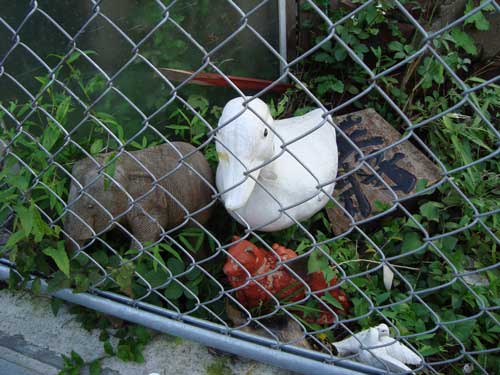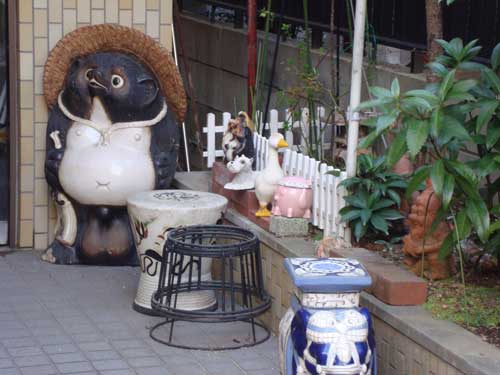
Please join @a_small_lab and me for a tanuki adventure next Tuesday, July 9, noon to 1 pm, at Shibaura House. Details below. Many thanks to Shibaura House for their support.
SHIBAURA HOUSEに来て、江戸時代から有名なタヌキさんに会いませんか? 2人の外国人が、タヌキさんをまた東京に呼び戻したいと考えています。東京メトロに乗ってタヌキが友達を作る企画(http://wp.me/piwM0-23e)は、ロンドンのテクノロジー関係の学会で承認されました。スマートフォンがなくても、タヌキさんは友達を作ることが上手です。
今回SHIBAURA HOUSEで開催するイベントでは、こんなことを一緒に考えます:都市に、動物は必要でしょうか。野生で予測できないものは、都市の生活に大事でしょうか。
一緒にちょっと冒険してみましょう。参加費は無料。イベントはランチタイムに開催します、自分のお弁当を持ってきてください。
Please come to Shibaura House to meet the famous tanuki from Edo. Two foreigners want to welcome shape-shifting tanuki back to Tokyo. Their photo story about Making Friends with Tanuki in the Tokyo Metro was selected by a London technology conference for its unusual real-time interaction. How come, even without a smartphone, tanuki is so good at making friends? Why do we need animals in cities? What is the importance of wild and unexpected things in our lives? Please bring an open mind and your own bento. Let’s go on an adventure.

